A microscopic light-fueled microhand designed to capture microscopic objects.
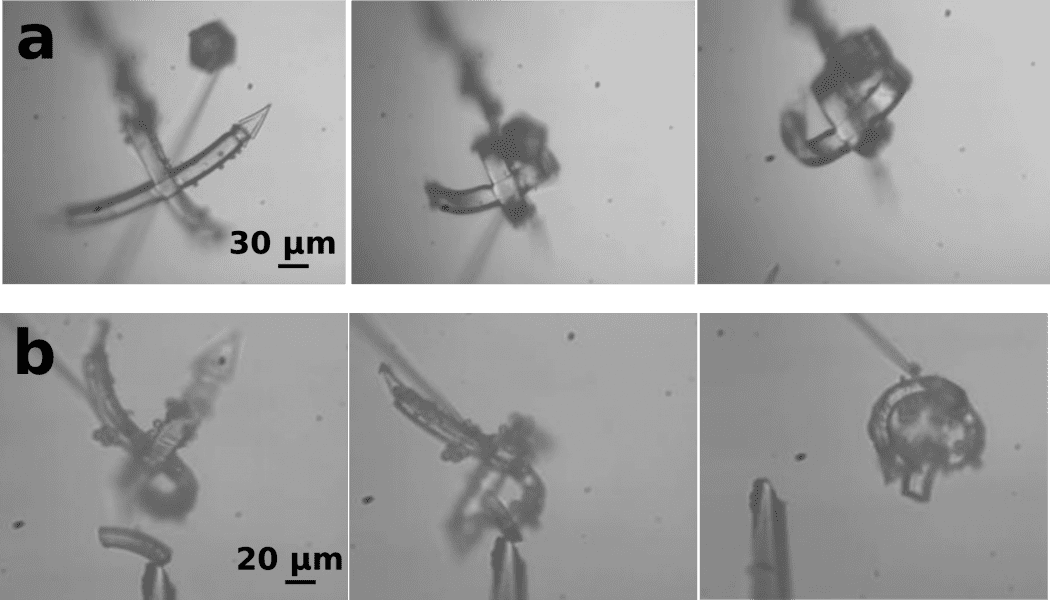

A microscopic light-fueled microhand designed to capture microscopic objects.
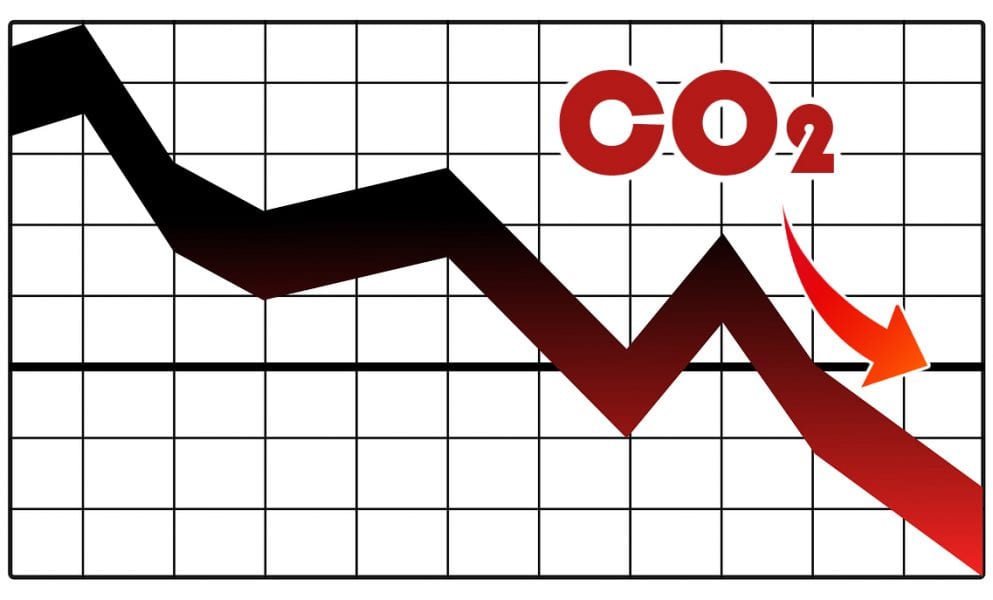
Our global community has been tasked to define and implement a Manhattan style strategy for reducing CO2 emissions at the gigatonne scale. The vision to accomplish this heroic goal is a holistic paradigm, which makes use of all the technologies in the CO2 utilization...

Concept of ‘breathing glass’: The biobased poly(limonene carbonate) (PLimC) unifies sustainability, carbon capture and utilisation of carbon dioxide in one material.
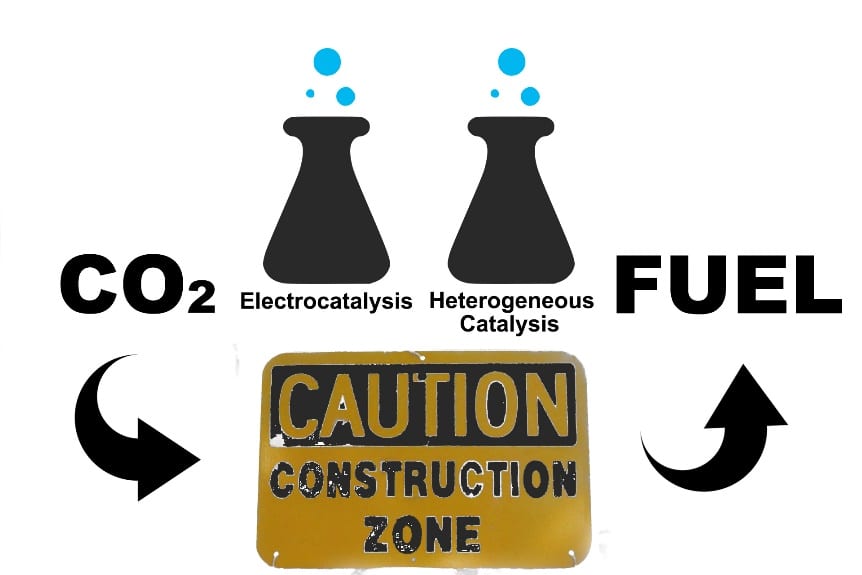
In the war against climate change two promising approaches are being developed for catalytically converting CO2 to value-added chemicals and fuels

What are we going to do with the rapidly increasing concentrations of CH4 and associated combustion product CO2 building up in our atmosphere?

In his latest opinion piece, Professor Ozin asks: what is the chemical industry doing to mitigate CO2 pollution?

Opinion: We can’t have a clean-energy revolution without molecules, polymers and materials. But what have we really done to help win the war against climate change?
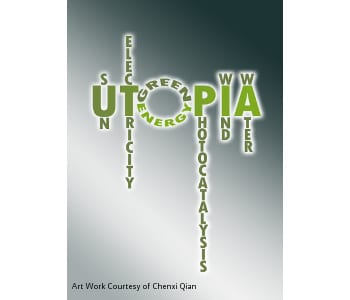
Could we be living without fossil fuels in just 30 years time? Professor Geoff Ozin looks at the likelihood of such a Utopian vision of the future.
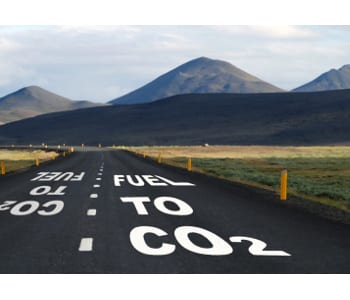
The race is on to develop CO2-to-Fuel technology – in an invited editorial, Professor Ozin and co-workers give their view on the current state of the art.
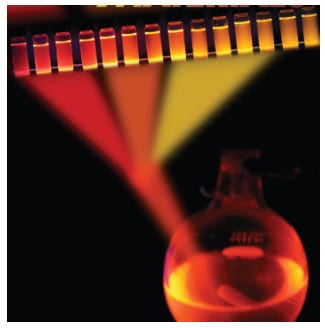
Professor Geoff Ozin has received an RSC Centenary Award – we asked for his thoughts on the research that brought him here.